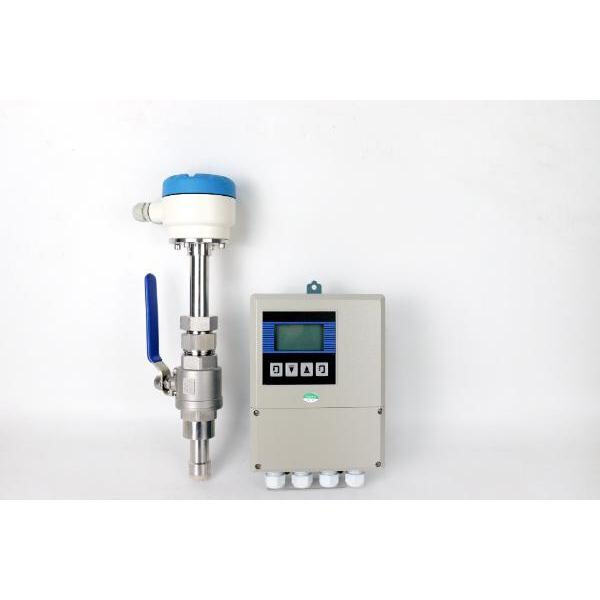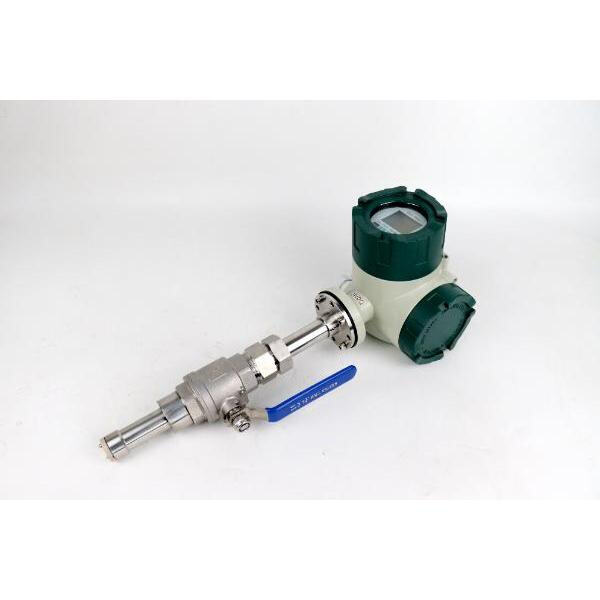An Insertion Electromagnetic Flow Meter is a special instrument that assists in the measurement of liquid flow in pipes. It does this with electricity, and that can be really helpful in a lot of ways. We’ll discuss how these types of flow meters function, their advantages, how to install one, how to maintain it and how they stack up to other alternatives.
When water is running in a pipe, one way to determine how fast the water is moving is to use an Insertion Electromagnetic Flowmeter. The meter contains a sensor that sends electricity into the liquid. The electricity passes through the liquid and the liquid causes a signal that tells you how fast the liquid is traveling. That signal goes to a screen that broadcasts the information to you.
There are several advantages to an Insertion Electromagnetic Flow Meter. One advantage is that it is highly precise. That means you can rely on the information the meter is providing to you. It also works well, which is a plus. You don’t have to be some super smart scientist to figure out how to use it. Finally, Insertion Electromagnetic Flow Meters are incredibly flexible. That means you can use them in all sorts of scenarios and they still perform well.

A good procedure is to install an Insertion Magnetic Flowmeter isn’t out of the ordinary. First, you need to determine where you are going to put the meter. This entails cleaning, clearing any debris and allowing the pipe to be free and clear. From there, you can screw or clamp the meter to the pipe. After it is tightened snugly, plug it into an outlet and you're ready to use it.

An Insertion Electromagnetic Flow Meter requires maintenance just as any other tool. Then an important tip: to keep it clean. Look for any dirt or debris that might obstruct the sensor, and clear it out on a regular basis. Another hint is to recalibrate the meter occasionally to ensure it provides you with accurate readings. 3) Look for breakdown and repair it on the spot.

Insertion Electromagnetic Flow Meters are wonderful for those needing to accurately measure water flow, but how do they stack up against traditional solutions? One major difference is that traditional flow meters tend to be more expensive and, depending on the context, more difficult to install. Insertion meter cost less and are easier to operate. Another distinction between insertion and traditional meters is that traditional meters may not be as accurate. If you require fine measurement, the Insertion meter may be more appropriate.


Copyright © Kaifeng Kamboda Industrial Instrument Co.,Ltd All Rights Reserved - Privacy Policy